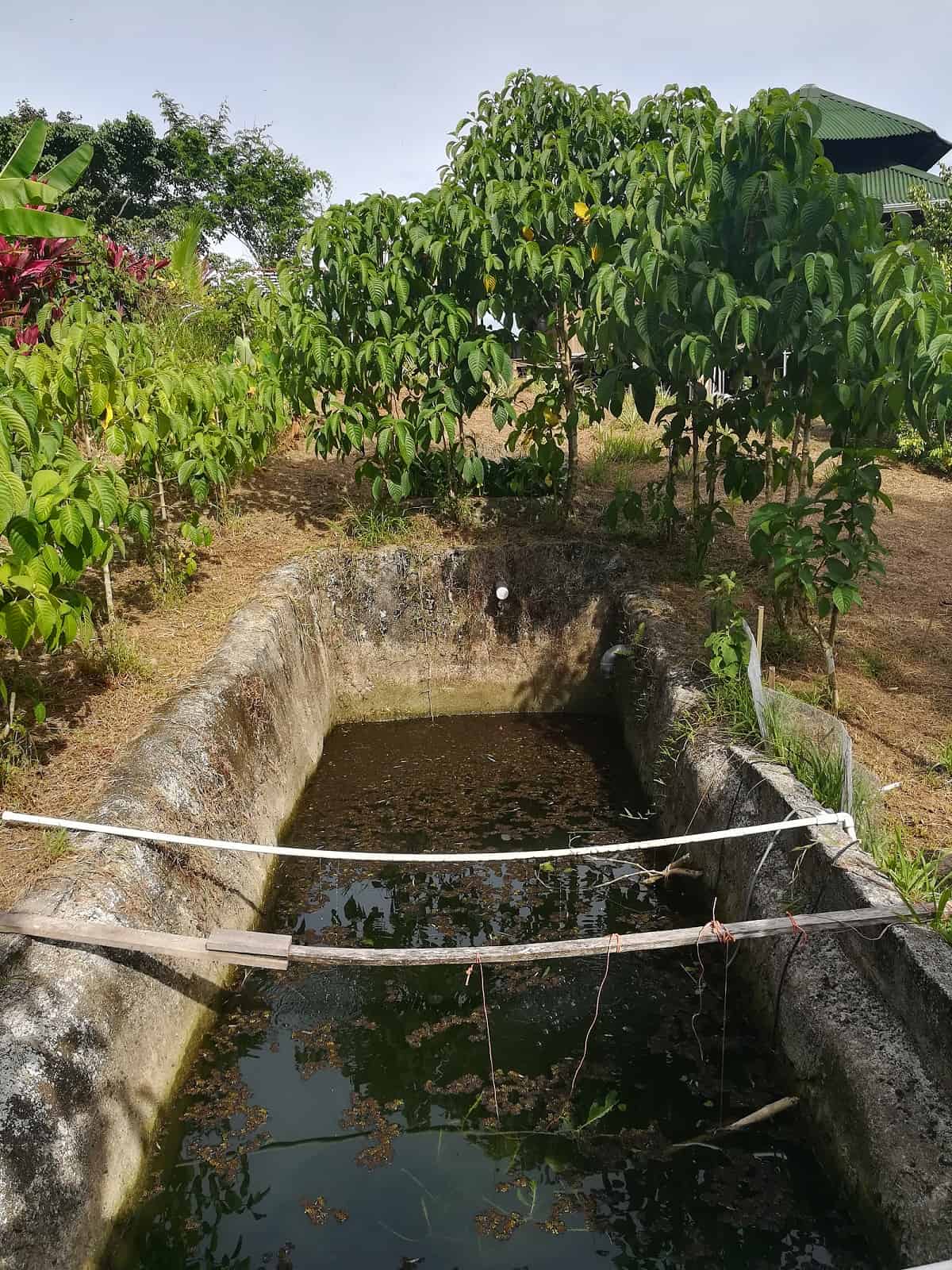Wouldn’t it be wonderful if we could provide pure drinking water to homes and schools in rural communities where water scarcity or contamination is a severe problem? Or build self-sufficient hotels, villas, and resorts along the Guanacaste coastline that meet their potable water needs independently?
These solutions are not only possible but are already being implemented in other countries using an ancient method refined by modern engineering and materials: Rainwater Harvesting (RWH). This technique, used for over a thousand years by Native Americans in Arizona, may finally be gaining traction in Costa Rica and Central America.
As water rates rise—AyA was recently granted a 36% increase, with more hikes expected—and scarcity becomes a growing concern, RWH offers a promising alternative. It’s not just for rural areas; residents in urban centers like the Central Valley could soon see the benefits.
Rainwater Harvesting in Action
One couple, Carlos Walker and Mayling Charpentier, are early adopters of RWH. Living in San Antonio de Escazú, southwest of San José, their home experiences daily water cuts during the dry season, often extending into the rainy months. Despite living near a rain catchment area, water service is restricted from 7 a.m. to 5 p.m., as AyA prioritizes other customers.
“After years of unreliable service and one illness from contaminated water, we’re excited to put AyA to work as our backup supplier,” Carlos Walker shared.
To achieve water independence, the couple is retrofitting their roof, gutters, storage tank, and pump system to collect and store rainwater. They’re adding more storage capacity, mosquito-proof fittings, and filtering systems to ensure sustainable, clean water for their household. Additionally, they plan to collect rainwater from their garage and shed, allocating it for irrigation and non-potable uses like watering plants and fruit trees.
Adopting RWH in Guanacaste
Nat Grew, founder of Grupo Bonario, specializes in sustainable development for high-end clients along Guanacaste’s coast. Water scarcity is a frequent challenge in these areas, making RWH an ideal solution.
“In many cases, RWH is the best and only viable option for creating a reliable water supply,” Grew explained. Coastal regions in Guanacaste, despite their semi-arid appearance, receive over 75 inches of rainfall annually—215% more than Seattle. Harnessing this rain could alleviate pressure on aquifers, benefiting both residents and tourists.
RWH systems range from simple rain barrels for irrigation to complex systems that supply potable water, reduce dependency on aquifers, and provide benefits like thermal cooling and fire suppression.
The Global Perspective and Future Opportunities
Countries like Australia, New Zealand, Singapore, and Bermuda have long embraced RWH, using education programs, building codes, and financial incentives to encourage adoption. In Singapore and Bermuda, all new construction must include RWH systems. Meanwhile, less affluent nations, including India and Ethiopia, have adopted RWH out of necessity.
Costa Rica, blessed with abundant water resources, can protect these assets by encouraging RWH. Doing so benefits all sectors of society, from rural communities to luxury developments. Scalable and adaptable, RWH is a sustainable solution that aligns with Costa Rica’s environmental values.
Jim Ryan, a dual resident of Scottsdale, Arizona, and San José, Costa Rica, advocates for RWH after experiencing the challenges of water scarcity on his land in southern Nicaragua.








